Under the influence of an applied electric potential difference, electrodialysis (ED) is used to transfer salt ions from one solution to another using ion-exchange membranes. An electrodialysis cell is the setting in which this is carried out. The cell is made up of two compartments—a feed (dilute) compartment and a concentrate (brine) compartment—that are produced by cation exchange and anion exchange membranes that are sandwiched between two electrodes. Numerous electrodialysis cells are organised into a configuration known as an electrodialysis stack in practically all practical electrodialysis procedures. The numerous electrodialysis cells are made up of alternating anion and cation-exchange membranes. Since dissolved species are transported away from the input stream rather than toward it, electrodialysis operations differ from distillation methods and other membrane-based processes (such reverse osmosis (RO). The practical benefit of electrodialysis in many applications is a substantially greater feed recovery since the amount of dissolved species in the feed stream is far lower than that of the fluid. How efficiently ions are transferred across ion-exchange membranes for a specific applied current is determined by the term "current efficiency." To reduce energy operation expenses, commercial stacks should typically have current efficiencies >80%. Shunt currents between the electrodes, back-diffusion of ions from the concentrate to the diluate, water splitting in the dilute or concentrate streams, or low current efficiency might all be at play.

Stanislaw Dzwigaj
Sorbonne University, France
Dai Yeun Jeong
Asia Climate Change Education Center, Korea, Republic of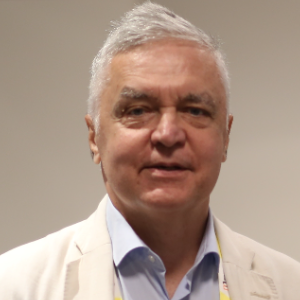
Sergey Suchkov
N.D. Zelinskii Institute for Organic Chemistry of the Russian Academy of Sciences, Russian Federation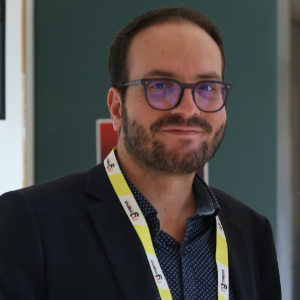
Enrico Paris
CREA-IT & DIAEE, Italy
Rabeharitsara Andry Tahina
GPCI-ESPA Antananarivo University, Madagascar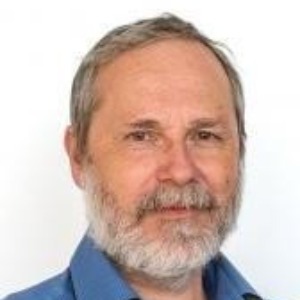
Jiri Dedecek
J Heyrovsky Institute of Physical Chemistry , Czech Republic
Uday Som
Research and Development Engineer, Japan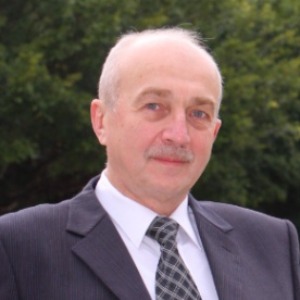
Vladimir G Chigrinov
Hong Kong University of Science and Technology, Russian Federation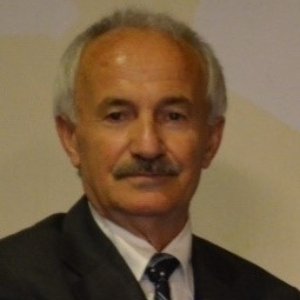



Title : Distant binuclear vanadium V(II) cationic sites in zeolites and their reactivity
Jiri Dedecek, J Heyrovsky Institute of Physical Chemistry , Czech Republic
Title : Advanced nanostructures for carbon neutrality and sustainable H₂ energy
Tokeer Ahmad, Jamia Millia Islamia, India
Title : Personalized and Precision Medicine (PPM) as a unique healthcare model via bi-odesign, bio- and chemical engineering, translational applications, and upgraded business modeling to secure the human healthcare and biosafety
Sergey Suchkov, N.D. Zelinskii Institute for Organic Chemistry of the Russian Academy of Sciences, Russian Federation
Title : Antibody-proteases as a generation of unique biomarkers, biocatalysts, potential targets and translational tools towards nanodesign-driven biochemical engineering and precision medical practice
Sergey Suchkov, N.D. Zelinskii Institute for Organic Chemistry of the Russian Academy of Sciences, Russian Federation
Title : Dimethyl ether synthesis from syngas over Cu-Zn/Al2O3 catalysts prepared using the Sol-Gel method
Uday Som, Research and Development Engineer, Japan
Title : Influence of various catalysts on H₂ enhancement and CO2 capture during syngas upgrading
Enrico Paris, CREA-IT & DIAEE, Italy
Title : Photoaligned azodye nanolayers : New nanotechnology for liquid crystal devices
Vladimir G Chigrinov, Hong Kong University of Science and Technology, Russian Federation
Title : Application of vanadium, tantalum and chromium single-site zeolite catalysts in catalysis
Stanislaw Dzwigaj, Sorbonne University, France
Title : Oxidation of methane to methanol over pairs of transition metal ions stabilized in the zeolite matrices
Jiri Dedecek, J Heyrovsky Institute of Physical Chemistry , Czech Republic
Title : The Concept and Implications of Low Carbon Green Growth
Dai Yeun Jeong, Asia Climate Change Education Center, Korea, Republic of